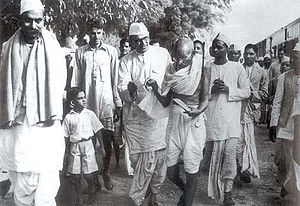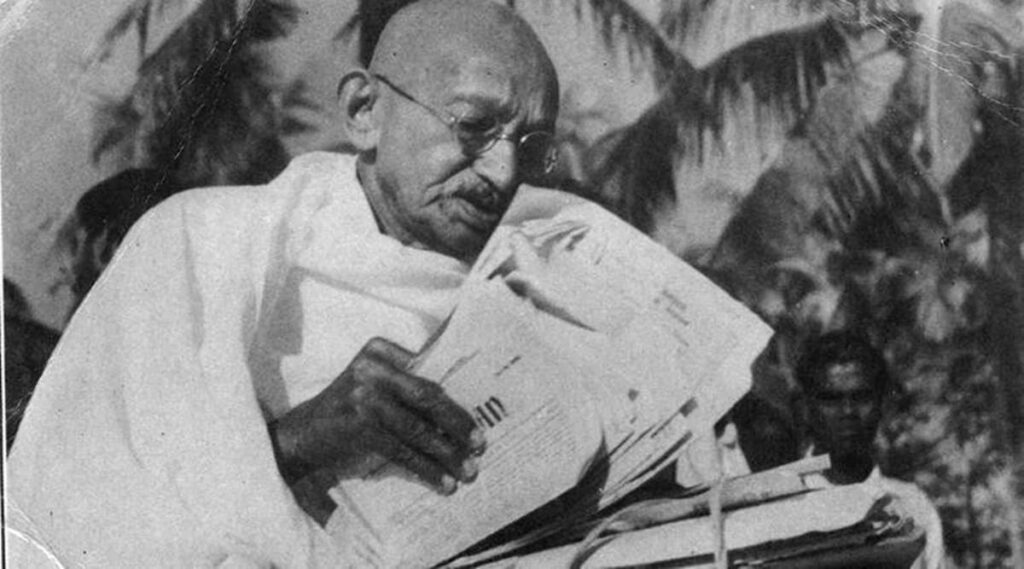Gandhi in Ayodhya: A Revered Encounter with History
Ayodhya, the sacred city steeped in spiritual significance, witnessed a momentous event when Mahatma Gandhi, the revered leader of India’s freedom struggle, set foot on its hallowed ground. A profound journey that transcended the realms of politics and religion, Gandhi’s visit to Ayodhya left an indelible mark on the pages of history. His presence resonated with the essence of unity, nonviolence, and communal harmony. Join us as we delve into the profound impact of this extraordinary encounter, exploring the ideals and insights that shaped the course of India’s transformative journey towards independence.
The description of Gandhi’s visit to Ayodhya is given on ‘Gandhi Vadmay Khand’, 19, page 461, which appeared in the Navjivan newspaper on 20 March 1921.

Gandhi described Navjivan, 20 March 1921, as follows – ‘There is a small temple in Ayodhya where Ramchandra ji was born. When I reached Ayodhya, I was taken there. Devotees non-cooperation suggested to me that I request the priest to use the sacred Khadi for the idols of Sitaram. I requested, But it could hardly be implemented. When I went to have darshan, I found the idols in bushy muslin and brocade. If I had the strength of deep devotion as Tulsidasji, then I would have taken stubbornness like Tulsidasji at that time. In the Krishna temple, Tulsidas vowed that Tulsi-head would not bow until Krishna appeared in the form of Rama with a bow. Devotees say that when Goswami made such a vow, then the idol of Ramachandraji stood before his eyes and Tulsidasji’s head was easily destroyed. Many times I feel inclined to make such a stubbornness that when we make our Thakurji indigenous by wearing Khadi, then we will bow our head. But, I have to do such austerity first, to get Tulsidasji’s uncommon devotion…. ‘
